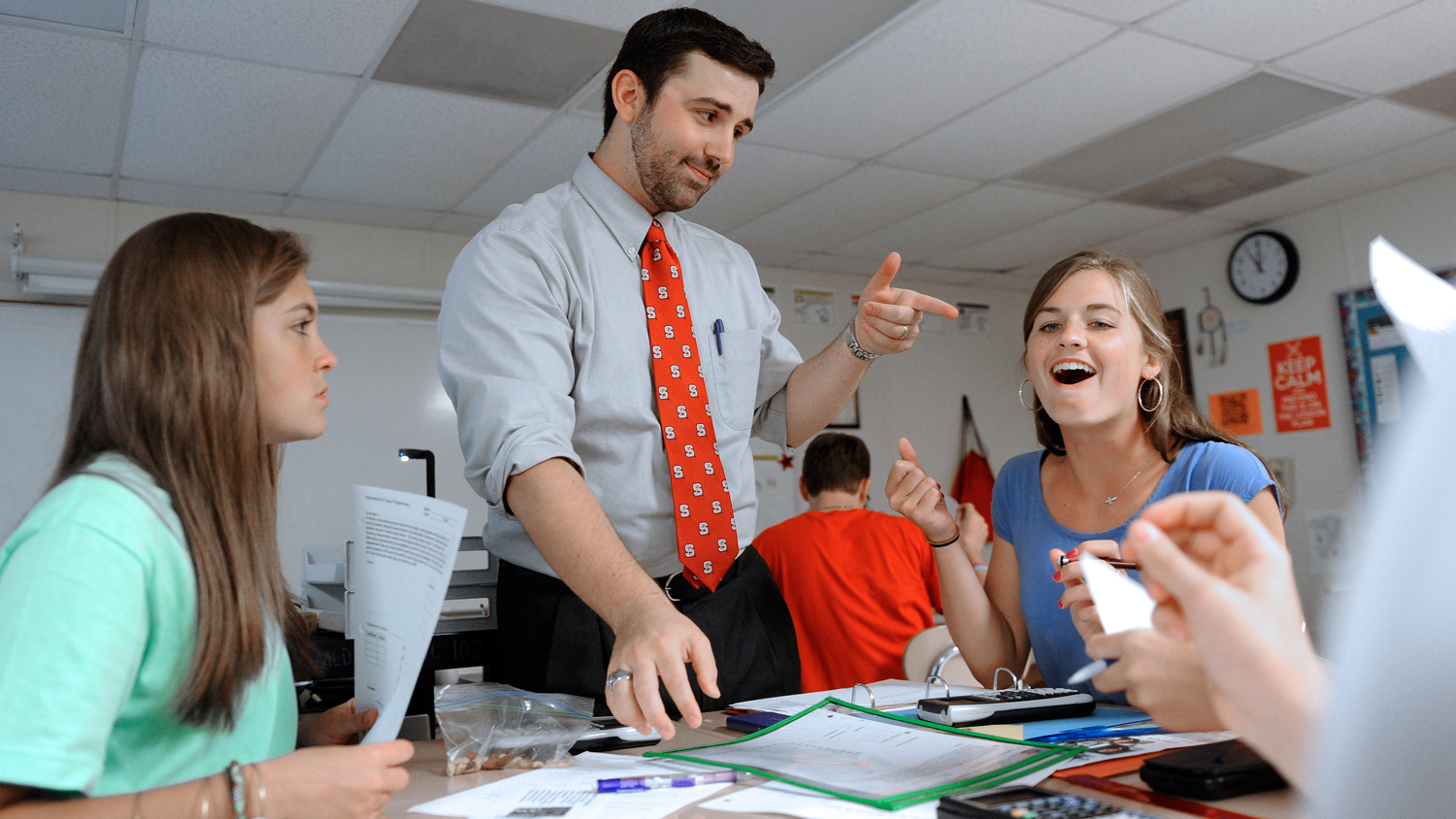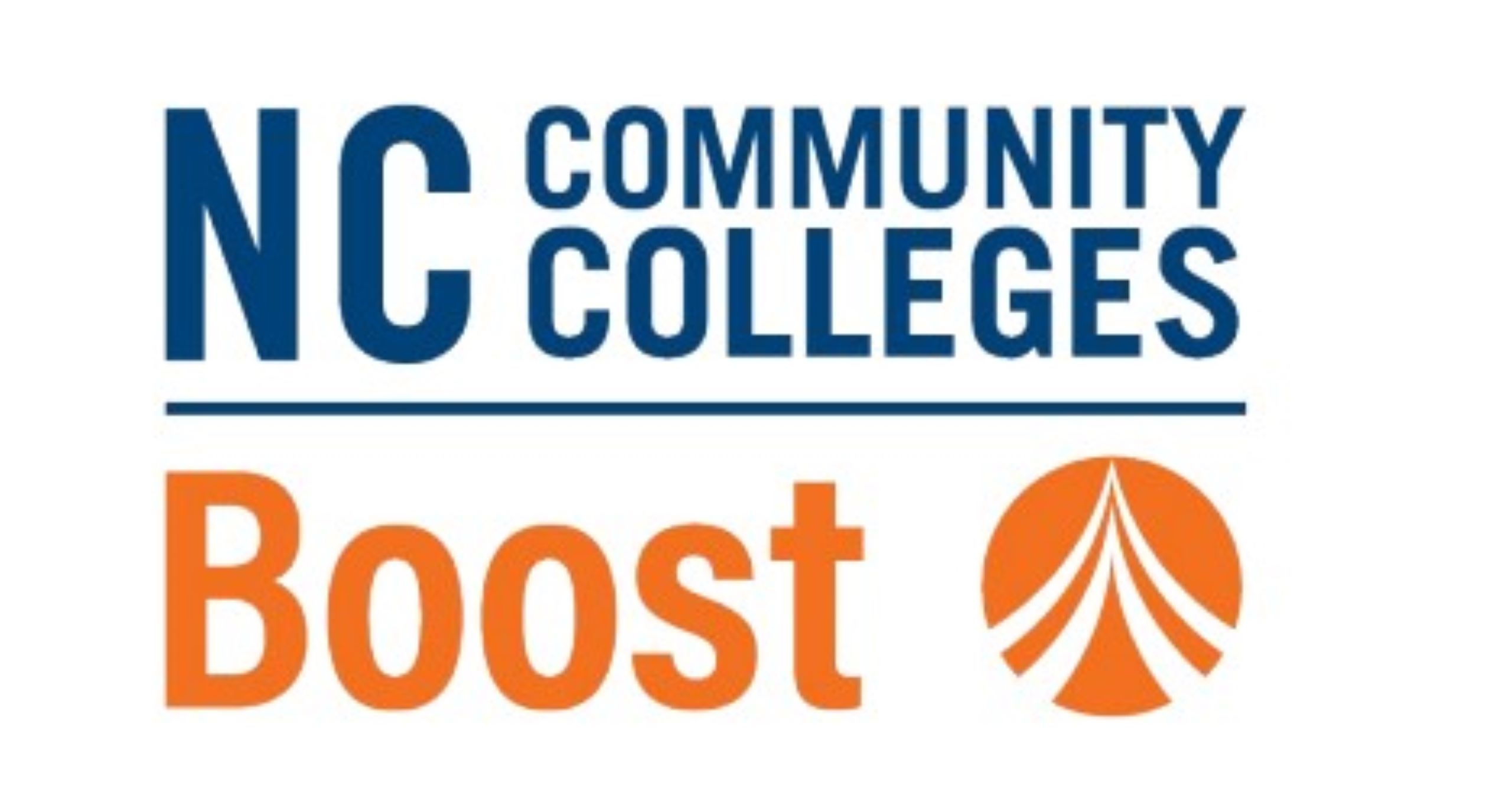Pre-service Teachers Will Be Better Prepared to Use Technology in Secondary Mathematics Classrooms Through Grant-funded Project Led By Associate Dean Karen Hollebrands

Using technology in the mathematics classroom requires students to externalize their thinking, giving teachers a unique opportunity to see how their students are thinking about math. But, teachers need to be able to notice, interpret and make sense of student thinking when using these tools in order to pose questions that respond to and build on student knowledge. Teachers also need to know how to lead whole class discussions to connect how different students are thinking about a specific problem to the goal of the lesson.
NC State College of Education Associate Dean Karen Hollebrands, along with Assistant Professor Ruby Ellis and Friday Institute for Educational Innovation Senior Research Scholar Gemma Mojica, are ensuring future teachers are prepared with these skills through a new grant-funded project.
“Preparing Future Middle School Mathematics Teachers to Lead Productive Geometry Discussions Using Web-Based Dynamic Geometry Technology Tools” is funded by a five-year, $1,995,859 National Science Foundation grant and aims to create curricula to prepare future secondary mathematics teachers as undergraduates to learn to use technology to lead mathematics discussions when teaching about geometry topics.
“Technology is an essential part of our society and an integral part of school classrooms. Teachers need to know how to select and use technology tools to meet the goals of their lessons and support student learning,” said Hollebrands, who is the project’s principal investigator.
Through the project, the team will create a series of modules that will include high cognitive demand tasks that require prospective teachers to use freely available, web-based geometry tools such as Desmos Geometry and GeoGebra.
“By utilizing freely available web-based technology, prospective teachers and teacher educators will have greater access to use technology to support productive mathematics discussions around geometry,” Hollebrands said.
As pre-service teachers engage with the curriculum, the project team will examine to what extent they attend to and interpret students’ geometric thinking when students are engaged with dynamic, web-based geometry tasks. They will also examine how they use what they notice about student thinking to plan a productive discussion on a related geometric task. They will use this information to make improvements to the curriculum.
Ellis will lead the design of the modules and be involved in the pilot and field testing of the curriculum, including consulting with technology experts to incorporate the web-based technology tasks, while Mojica will lead research activities including the collection and analysis of data and dissemination of findings.
Ultimately, curriculum materials developed through the project will be freely distributed to mathematics teacher educators across the country through the existing Technology Using Mathematics Teacher Educators network and the creation of a website where the materials can be freely accessed.
“It is important for teacher educators to have access to high-quality, research-based resources to prepare secondary mathematics teachers to use technology to teach mathematics. Cost can be a barrier that limits who can have access to the materials and this project aims to address that limitation,” Hollebrands said.
- Categories:


